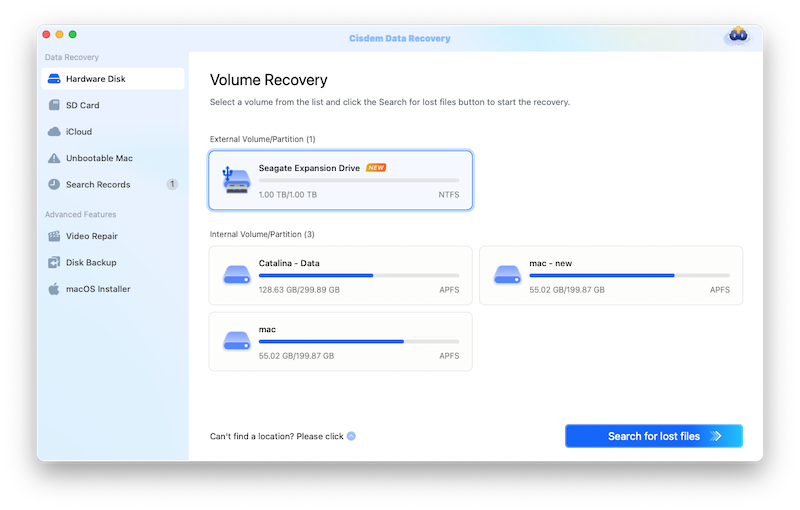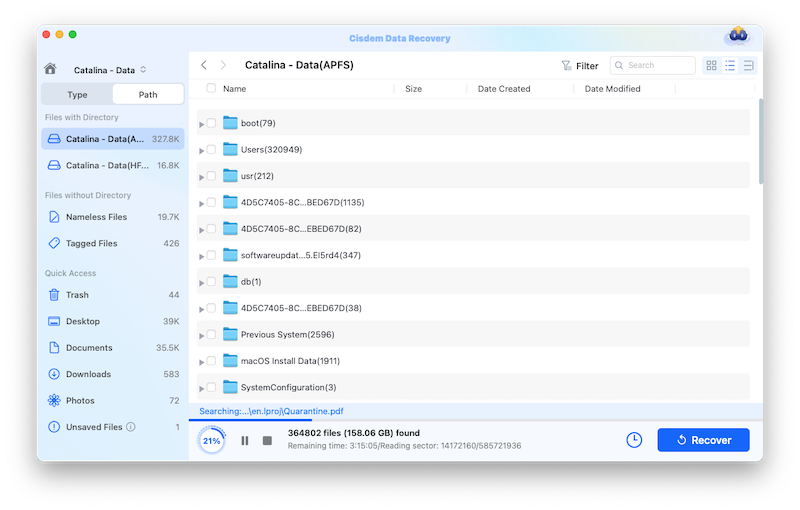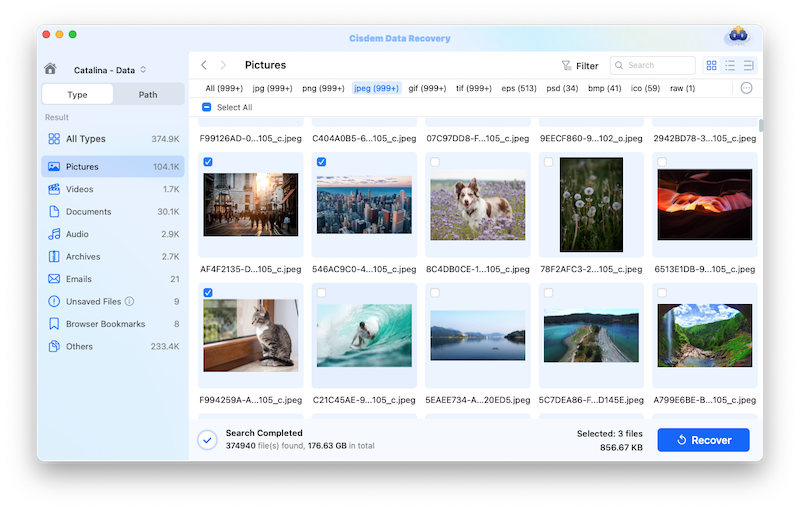How to Boot Mac in Recovery Mode on Apple M1 Macs
 1.9K
1.9K
 0
0
Last year, Apple’s first homegrown chip M1 came out and it surprised our Mac users again with its incredibly amazing performance. More and more users have or are going to switch to a new M1-chip-based Mac.
In most cases, Apple M1 Macs just work as efficiently as we expect. But sometimes, as every time we upgrade to new macOS or Mac, the problem of compatibility or other issues just keep happening, and we will have to boot our M1 Mac in recovery mode. Today, we are going to show you how to boot Mac in recovery mode for your new Apple M1 Macs.
When (Why) to Boot Apple M1 Mac in Recovery Mode?
Mac Recovery Mode is very useful, it can be the life savior to restore files or get everything back to normal. On my own part, it helped to get my Mac back to work for several times. But when or why to boot your Apple M1 Mac in the Recovery mode? Here we list all the situations you may need to boot in Recovery Mode:
- Your Mac won't or fail to start
- Your Mac runs slow and you want to install a clean macOS
- Your Mac become unresponsive very often
- You delete an important system file and want to reinstall macOS
- You have problems of internet connection
- You want to downgrade or upgrade to a specific macOS version
- You want to repair disk with Disk Utility
- You want to restore deleted files on Mac from Time Machine backup
- You want to wipe your Mac and give or sell to a new user
…
In other words, whenever your Mac behaves abnormal and the problems keep occurring, you can try the recovery mode.
How to Boot Mac in Recovery Mode on Apple M1 Device?
Internet Recovery is now dead on Apple Silicon, so it becomes quite easier to boot into Recovery Mode on an Apple M1 Mac. But there are 4 options under Mac Recovery Mode, do you know which one to choose? Before the tutorial, we will have a basic understanding about these 4 options.
Basic Knowledge: 4 Options under Recovery Mode
Restore from Time Machine: it helps to recover all of the data from your Time Machine backup, including macOS, apps, individual files, settings and so on. Let’s say, when you Mac or app crashes, you lost the files, you can get them back and continue working on them by restoring from Time Machine.
Reinstall macOS Big Sur: it means reinstall the operating system and retaining all your data. When your Mac runs slow or become unresponsive or have some compatibility issues, you can resintall it.
Safari: you can browser the Apple Support website to find help for your Mac, sometimes, you just don’t know what to do next, then you can ask for help online.
Disk Utility: it helps repair your hard drive when something gets wrong while you reading and writing data to your drive, also it helps to erase the disk and delete everything, so you can have a clean installation or make your Mac brand new for selling.
Steps to Boot Mac in Recovery Mode on Apple M1 Macs
- Make sure you are connecting to Internet.
- Hold down the Power button and Mac will make a startup sound.
- Keep holding the Power button until the menu says “loading startup options”, then release the Power button.
![boot recovery mode01]()
- The Options gear icon will appear, wait until we see the Macintosh or System HD, then click on the Options gear icon.
![boot recovery mode02]()
- Then enter your Mac password if it requires you to and click Continue.
- Now we are in macOS Recovery Mode, choose an option from the menu basing the above-mentioned knowledge.
![boot recovery mode03]()
What to Do If Data Lost during Mac Booting in Recovery Mode
Booting in Recover Mode is a safe and efficient way to restore data or get your Mac under your control, but if you haven’t prepared the Time Machine backup and lost some files? A third party data recovery tool will be helpful.
Cisdem Data Recovery is a Mac program to restore lost, deleted and formatted data from Mac internal hard drive, also from external storage devices connecting to the Mac (hard disk, sd, sdhc, media player, flash drive, etc.). It doesn’t only recover documents, but also get your previous photos, videos, audios and others back to your Mac. It is easy to use, the interface will navigate you how to restore data fast and successfully with Cisdem.
Main Features of Cisdem Data Recovery
- Recover lost, deleted and formatted files
- Restore files from internal and external hard drive on Mac
- Recover videos, audios, images, documents, archives, ect.
- Repair unplayable videos that corrupted
- Preview files
- Quickly search files with filter tool
- Recover files to local drive or cloud platforms
- Fast scanning and recovery
How to Recover Data on Apple M1 Mac?
- Download and install Cisdem Data Recovery on Mac.
 Free Download
Free Download - Choose the drive to recover your lost or deleted data on Mac.
![cisdem data recovery mac02]()
- Preview the files and make sure you are recovering the wanted files.
![cisdem data recovery mac03]()
- Click Recover to restore your lost data onto Mac.
![recover lost files mac 03]()
Mac Models with Apple M1 Chip
- MacBook Air (From $699)
- MacBook Pro 13” (From $1299)
- Mac mini (From $699)
Conclusion
Boot Apple M1 Mac becomes easier now, you can follow above instructions to boot your Mac, but before booting, get to know the options under Recovery Mode, so you won’t waste time and put your files in risk of loss.

Connie Yu has been a columnist in the field of data recovery since 2011. She studied a lot of data loss situations and tested repeatedly to find a feasible solution tailored for each case. And her solutions are always updated to fix problems from the newest systems, devices and apps.

JK Tam is the lead developer at Cisdem, bringing over two decades of hands-on experience in cross-platform software development to the editorial team. He is now the lead technical approver for all articles related to Data Recovery and DVD Burner.









